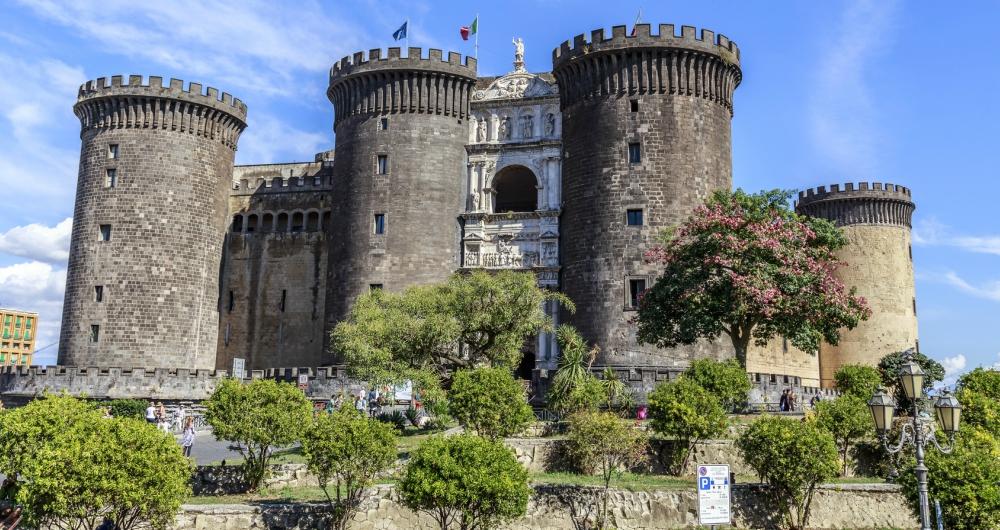In This Article
Craving pizza, ancient ruins, and vibrant street life? Head to Naples! As the capital of Italy’s Campania region, Naples is a city of dramatic contrasts—historic treasures, bustling piazzas, and unforgettable food. Whether you’re exploring underground catacombs, sailing to Capri, or diving into authentic Neapolitan pizza, Naples offers adventure and authenticity at every turn.
Naples, Italy Highlights:
- For History Buffs: Tour the ruins of Pompeii and Herculaneum – Easily accessible by train, these Roman cities were preserved in volcanic ash from Mount Vesuvius.
- For Art Lovers: Explore the Naples National Archaeological Museum – Home to one of the world’s most important collections of Greco-Roman antiquities.
- For Foodies: Try authentic Neapolitan pizza at L’Antica Pizzeria da Michele – Often called the birthplace of pizza, it’s a must-visit for a true Margherita.
- For Adventurers: Climb Mount Vesuvius – Hike the volcano that changed history and enjoy views of the Bay of Naples from the summit.
- For Culture Seekers: Visit the San Gennaro Catacombs – Descend into ancient underground burial sites beneath the city.
When I like to visit Naples, Italy
The best time to visit Naples is in spring (April–June) and fall (September–October), when the weather is warm and pleasant but less crowded than summer. Summer (July–August) can be hot and busy, while winter offers fewer tourists and milder temperatures.
Tips for getting to Naples, Italy
- By Plane: Fly into Naples International Airport (NAP), about 15–20 minutes from the city center.
- By Train: Naples is well connected by high-speed trains (Frecciarossa, Italo) from Rome, Florence, and Milan.
- By Ferry: Ferries connect Naples to Capri, Sorrento, Ischia, and the Amalfi Coast towns.
Where I like to stay in Naples, Italy
- Recommended for Families: Hotel Piazza Bellini – Central location with spacious family rooms and a peaceful courtyard in the historic center.
- For Couples: Romeo Hotel – Luxury boutique hotel with sea views, rooftop pool, and a Michelin-starred restaurant.
- For Budget Travelers: Hostel of the Sun – Friendly atmosphere, free breakfast, and walking distance to the ferry port and downtown sights.
Best Things to Do in Naples, Italy
1. National Archaeological Museum
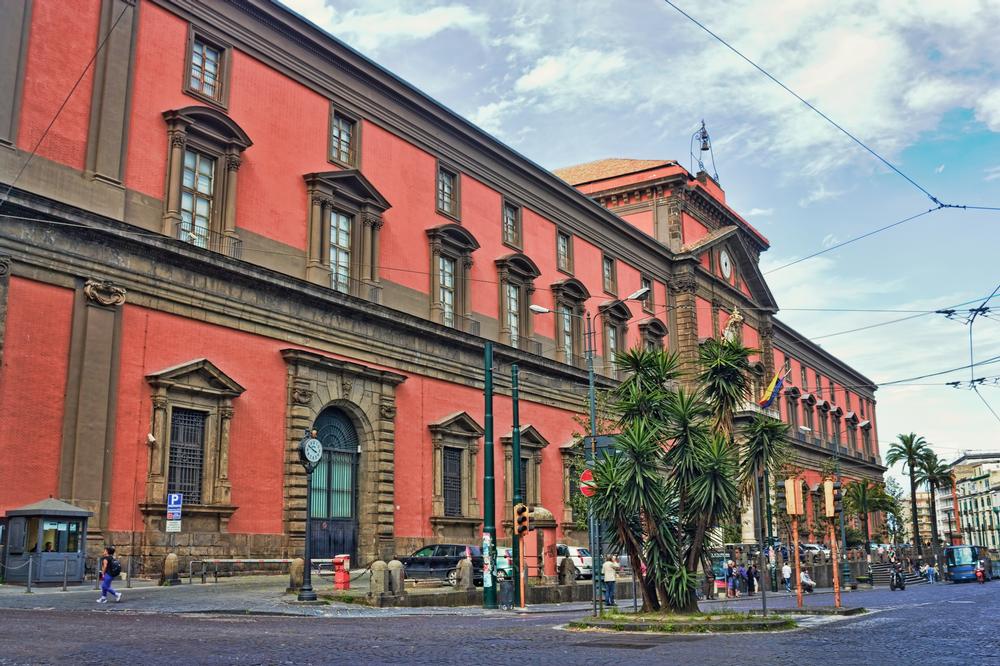
© Courtesy of ArTo - Fotolia.com
The National Archaeological Museum was established at the end of the 18th century by King Charles VII of the Spanish Bourbon dynasty. The king commissioned the museum to house antiquities his mother left him as an inheritance. They became the museum’s Farnese Collection. Three other collections at the museum include the treasures from Herculaneum and Pompeii, gifts to the museum from minor collections, and items from archaeological excavations in Naples. Must-see highlights of the museum include the sculpted Toro Farnese (the Farnese Bull), Ercole Farnese (the Farnese Hercules), the mosaics on the mezzanine level, and the Farnese Atlas (Atlas carrying the celestial spheres) on the first level.
Piazza Museo, 19, Naples, Italy, Phone: +39-08-14-42-21-49
2. Royal Palace of Naples
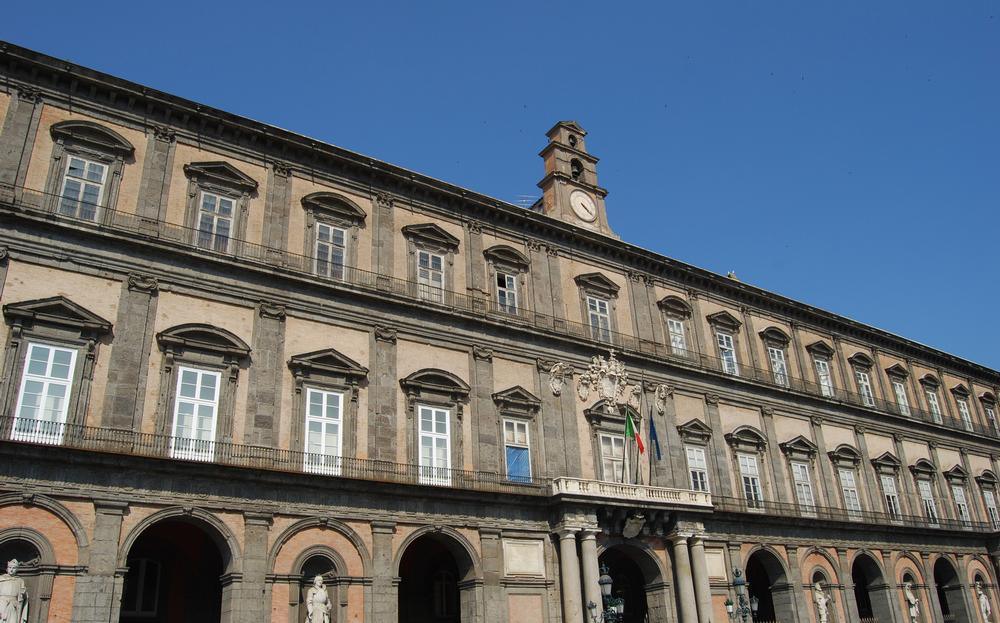
© Courtesy of chicco79 - Fotolia.com
The Royal Palace of Naples is situated downtown along one side of the Piazza del Plebiscito. The first striking feature about the palace is the exquisite double staircase leading to the Museum of Furnishings in what was once the palace’s royal apartments. Here, visitors can peruse the collection of neoclassical and baroque furnishings, tapestries, paintings, sculptures, and porcelain. Other highlights include a lavish theater – Teatrino di Corte – as well as a royal chapel known as Capella Royale, with a nativity scene from the 18th century, and the National Library – Biblioteca Nazionale – where visitors will find fragments of a Coptic Bible dating back to the 5th century as well as a 2,000-year-old papyrus.
Piazza del Plebiscito, 1, Naples, Italy, Phone: +39-08-15-80-82-55
3. Flavian Amphitheater
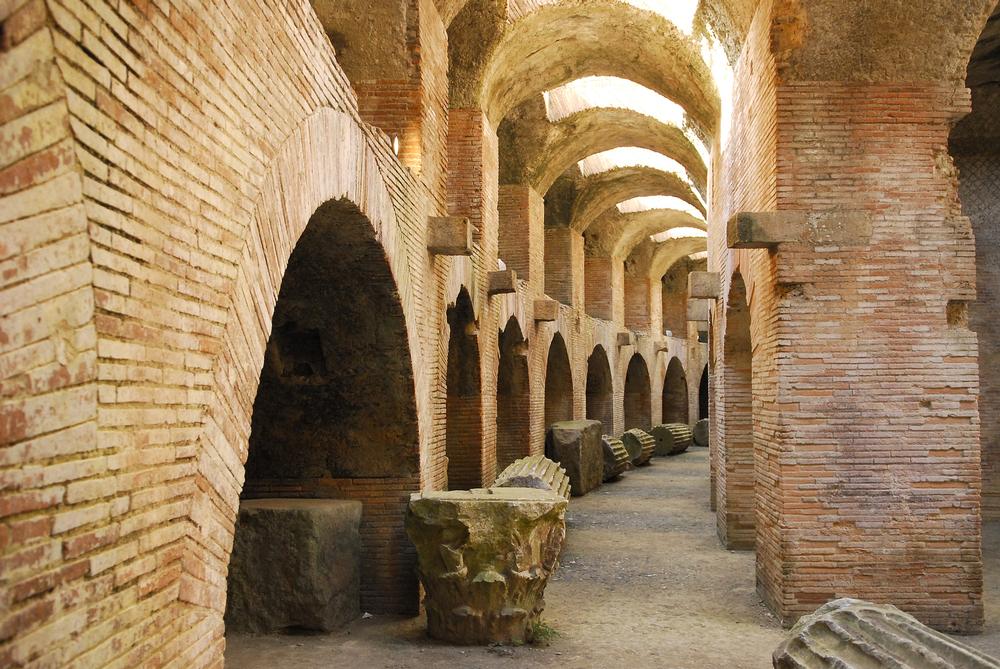
© Courtesy of Karin Witschi - Fotolia.com
The Flavian Amphitheater of Pozzuoli comes in third behind the Amphitheater of Capua and the Roman Colosseum when it comes to large-scale coliseums. The ancient oval amphitheater is situated at the intersection of two dominant streets in Pozzuoli – one of them leading to Naples. Divided into three levels, it’s similar to sports stadiums today. The ima is the arena level seating with the best seats, the media section is above it where the middle class sat, and the suma is the highest and least favorable section, where women and children sat. It is encircled by a wide, pillared portico. Tickets also provide entrance to Phlegrean Fields Museum and Cuma Archaeological Park.
Corso Nicola Terracciano, 75, Pozzuoli, Italy, Phone: +39-08-15-26-60-07
4. Castel Nuovo
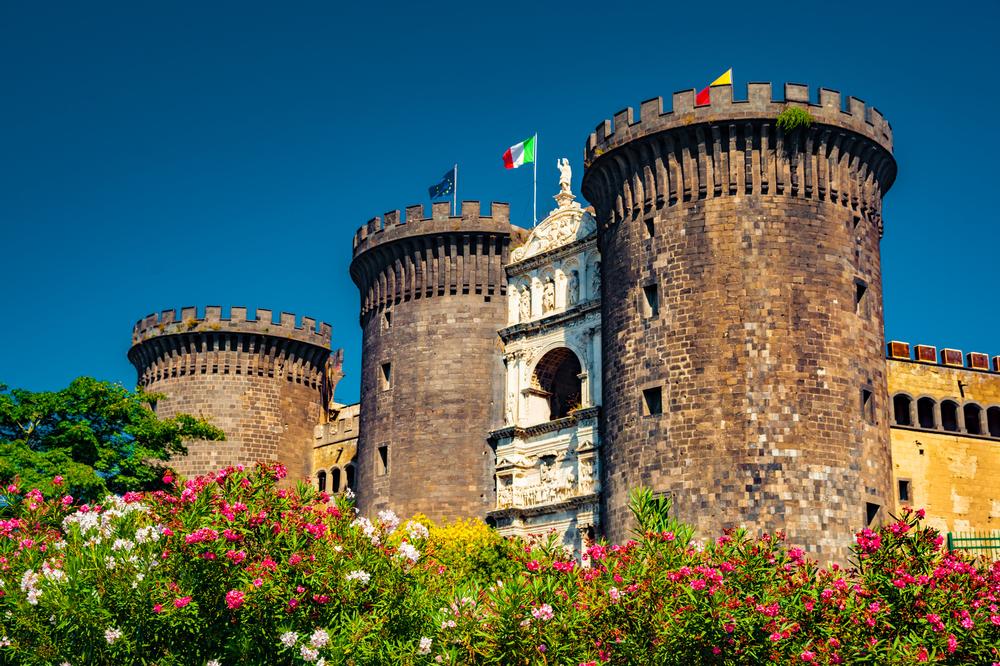
© Courtesy of romas_ph - Fotolia.com
Castel Nuovo, also known as Maschio Angioino, is a 13th century castle completed in 1282 for the new Charles I of the House of Anjou. Realizing how vast his possessions were, he needed a central ruling location, and Naples was it. The castle was popular among those in the intellectual class. Charles I was also a patron of great artists like Giotto, whose fragmented frescoes can still be seen on the chapel window splays. A must-see are the Roman ruins visible through a glass floor in the Armoury Hall. Other highlights include Neapolitan paintings from the 17th to 20th centuries, especially those on the top floor – Luigi Crisconio’s landscapes and Carlo Vanvitelli’s watercolors.
Via Vittorio Emanuele III, Naples, Italy, Phone: +39-08-17-95-77-22
What to do if you are traveling with kids:
5. Pausilypon Archaeological Park
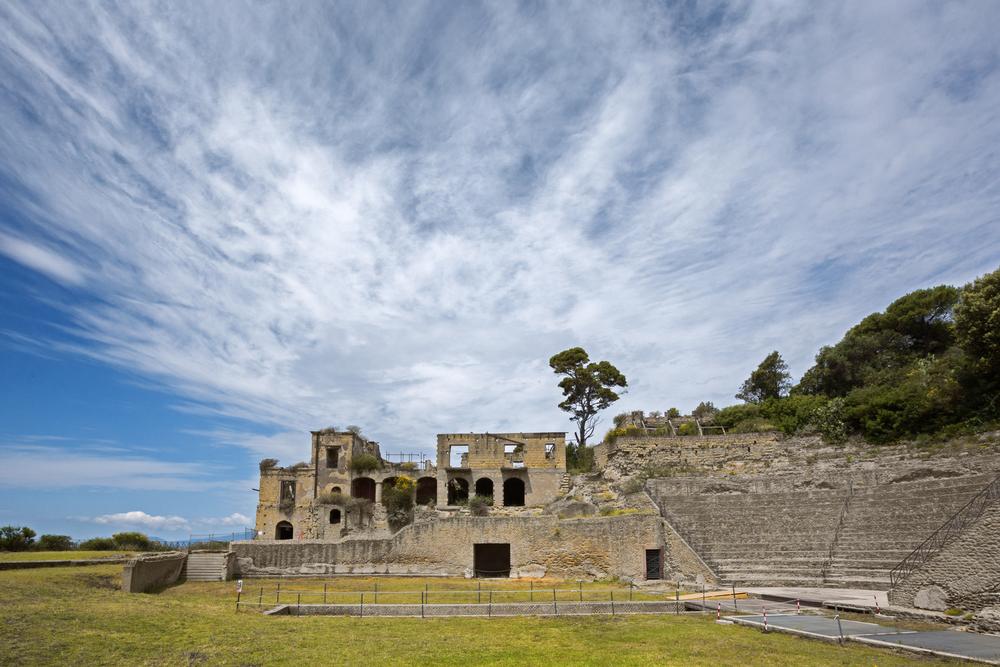
© Courtesy of francesca sciarra - Fotolia.com
Pausilypon Archaeological Park sits high atop Posillipo Hill. Some of what was at one time a 22-acre villa is now underwater. What remains dates back to the 1st century BC through the 4th century AD. Visitor access to the villa is via a nearly half-mile (770-meter) tunnel called the Seiano Grotto. Tunnels originally connected villas to each other and Naples to other ports. Once inside the villa, visitors will see the remains of an amphitheater seating 2,000. In keeping with Greek theaters, it follows the natural slope of the hillside. Other highlights at the site include the Odeion – a small theater used for intimate musical and poetic performances – as well as a temple, a nymphaeum, a vineyard, and a thermal bathhouse.
L’ingresso è dalla Grotta di Seiano, Discesa Coroglio, 36, Naples, Italy, Phone: +39-08-12-30-10-30
6. Castel dell'Ovo
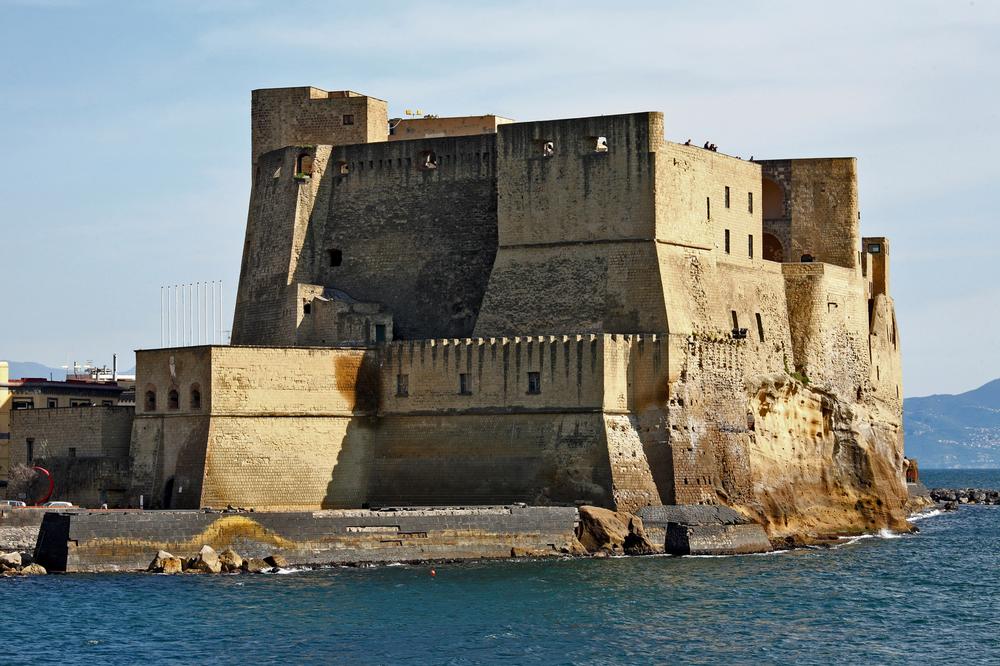
© Courtesy of riccardomotti - Fotolia.com
The 12th century Castel dell'Ovo, which translates to Castle of the Egg, is the oldest castle in Naples. Allegedly, its unusual name is owed to Virgil, a Roman poet, who is said to have buried an egg there saying Naples and the castle would fall when the egg broke. Situated on tiny Borgo Marinaro, it’s the primary reason for visiting the islet. Visitors who climb to the ramparts will experience epic views. The castle is host to occasional temporary art exhibitions and other community events. It is also a popular wedding spot. There is an array of trendy restaurants on the islet offering sea views.
Via Eldorado, 3, Naples, Italy, Phone: +39-08-17-95-45-93
7. Vesuvius National Park
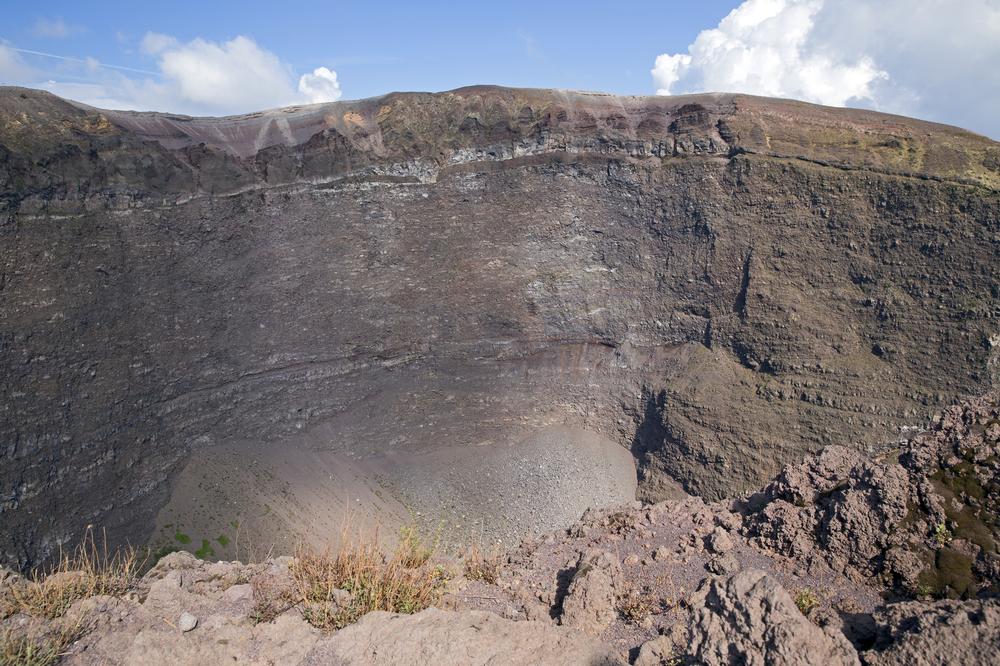
© Courtesy of gdvcom - Fotolia.com
Avid hikers will adore Vesuvius National Park. Wrapped around the active volcano complex Somma-Vesuvius, the park has a reach of over 83 square miles with 13 towns and nine distinctive hiking trails. Those wanting to hike to the crater’s edge could start with Trail 1 – the Valle dell’Inferno – and continue on Trail 5 – The Gran Cono – up to the edge of the crater. Each of the park’s 13 municipalities has something different to offer visitors, from the enchanting medieval district of Trocchia to the Golden Mile of Ercolano to Boscotrecase, the closest town to the Pompeii ruins; there is so much history and culture to explore.
City of Naples, Italy, Phone: +39-08-18-65-39-11
Activities and Attractions for Couples and Singles:
8. Galleria Borbonica

© Courtesy of angelo chiariello - Fotolia.com
Galleria Borbonica, or the Bourbon Tunnel, is an 1853 tunnel that connects Palazzo Reale to the military barracks and to the sea. It was the idea of Ferdinand II to have an escape route that followed the 17th century Carmignano aqueduct system. During World War II, the underground tunnel system doubled as a shelter during air raids and as a military hospital. Tours start at the Morelli parking area near the second entrance to the tunnels. Regular tours don’t need advanced reservations. The 80-minute Adventure Tour is a combination walk/raft tour that must be pre-booked. History and archaeology buffs may prefer the 2.5-hour Speleo Tour, which is for adults only.
Via Domenico Morelli 40, Parcheggio Morelli, Naples, Italy, Phone: +39-08-17-64-58-08
9. Palazzo Zevallos Stigliano
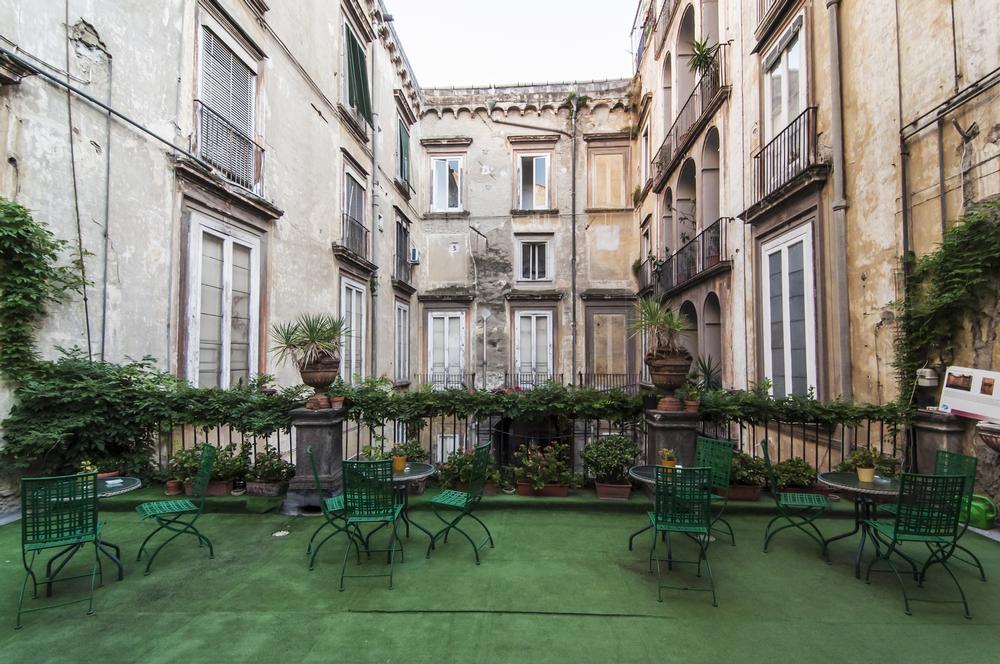
© Courtesy of Enrico Della Pietra - Fotolia.com
Palazzo Zevallos Stigliano was turned into an opulent museum in 2014. It’s the sister of two other Italian museums, one at Milan’s Gallerie di Piazza Scala and the other at Vicenza’s Palazzo Leoni Montanari. It was originally built by the Duke of Ostuni in 1639, and it has changed hands numerous times over the centuries. Today, it houses artworks from the 17th to 20th centuries, primarily Italian and Neapolitan. One must-see at the museum is The Martyrdom of St. Ursula, the famous final painting by Italian painter Michelangelo Merisi da Caravaggio. There are historical paintings, landscape paintings, and terracotta and bronze sculptures – 120 works in all.
Via Toledo, 185, Naples, Italy, Phone: +39-08-17-91-73-92
10. San Gregorio Armeno
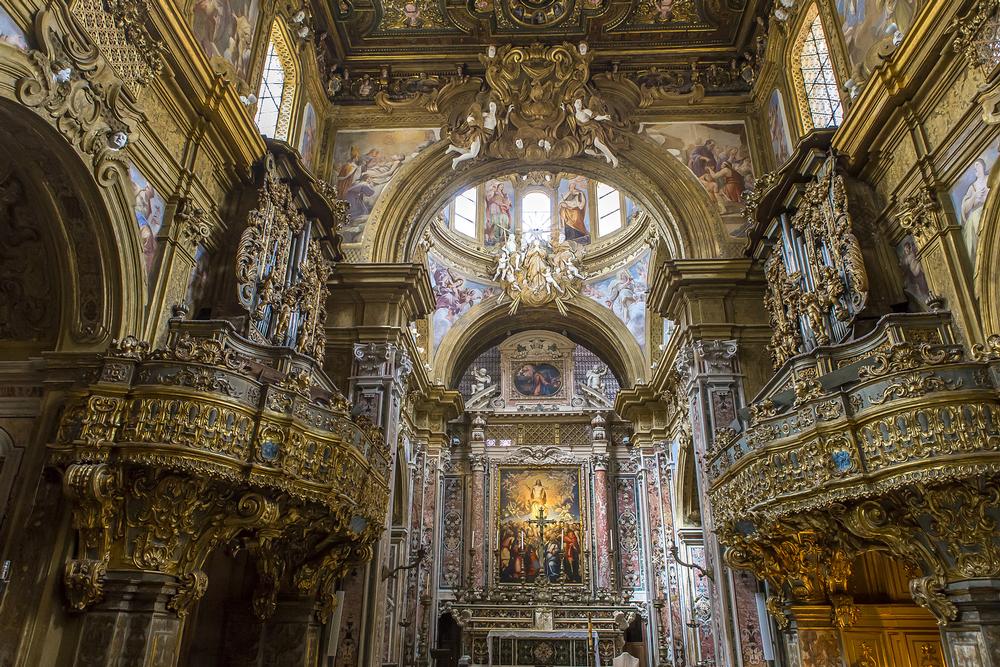
© Courtesy of photogolfer - Fotolia.com
Visitors to San Gregorio Armeno can indulge in the wide-eyed glee of Christmas all year long. This street of shops specializes in artisan Christmas nativity items. Visiting off-season, of course, means a more leisurely pace. Travelers can anticipate ample time to watch the artisans in action as they create nativity sets in their own styles. From whimsical celebrity figurines and parody characters to serious masterpieces by second or third generation skilled craftsmen, the choices are vast. Visitors will find nativity pieces and scenes in a wide variety of sizes from miniature to giant. Visiting during the weeks before Christmas is magical, when many people flock to the street out of tradition.
Via S. Gregorio, Armeno, 1, Naples, Italy, Phone: +39-08-15-52-01-86
Where I Like to Eat in Naples, Italy
- Recommended for Families: Sorbillo – Popular pizzeria serving large portions and family-friendly prices in the historic district.
- For Fine Dining: Palazzo Petrucci – Michelin-starred restaurant offering creative takes on Neapolitan cuisine with seaside views.
- For a Casual Meal: Trattoria da Nennella – A local institution with traditional dishes, a lively atmosphere, and entertaining staff.
My favorite local events:
- For Religious Culture: Feast of San Gennaro (September 19) – A major Catholic celebration honoring Naples’ patron saint.
- For Classical Music: Maggio della Musica Festival (May–June) – A series of classical concerts in historic venues around the city.
- For Holiday Cheer: Via San Gregorio Armeno (December) – Famous for its artisan nativity figurines and Christmas market stalls.
Day Trip Itineraries Within 30 Minutes of Naples, Italy:
- For Ancient History: Pompeii or Herculaneum (30 min by train) – Explore the remarkably preserved ruins of these Roman cities frozen in time.
- For Seaside Views: Sorrento (30–40 min by train or ferry) – Cliffside beauty, lemon groves, and access to the Amalfi Coast.
- For Island Escapes: Capri (40–50 min by ferry) – Famous for the Blue Grotto, chic boutiques, and dramatic sea views.
- For Nature: Mount Vesuvius (30 min + short hike) – Hike to the crater of the volcano and look down into its active caldera.
- For Cultural Immersion: Caserta Royal Palace (30 min by train) – Explore Italy’s answer to Versailles with gardens and grand interiors.
Plan Your Trip


